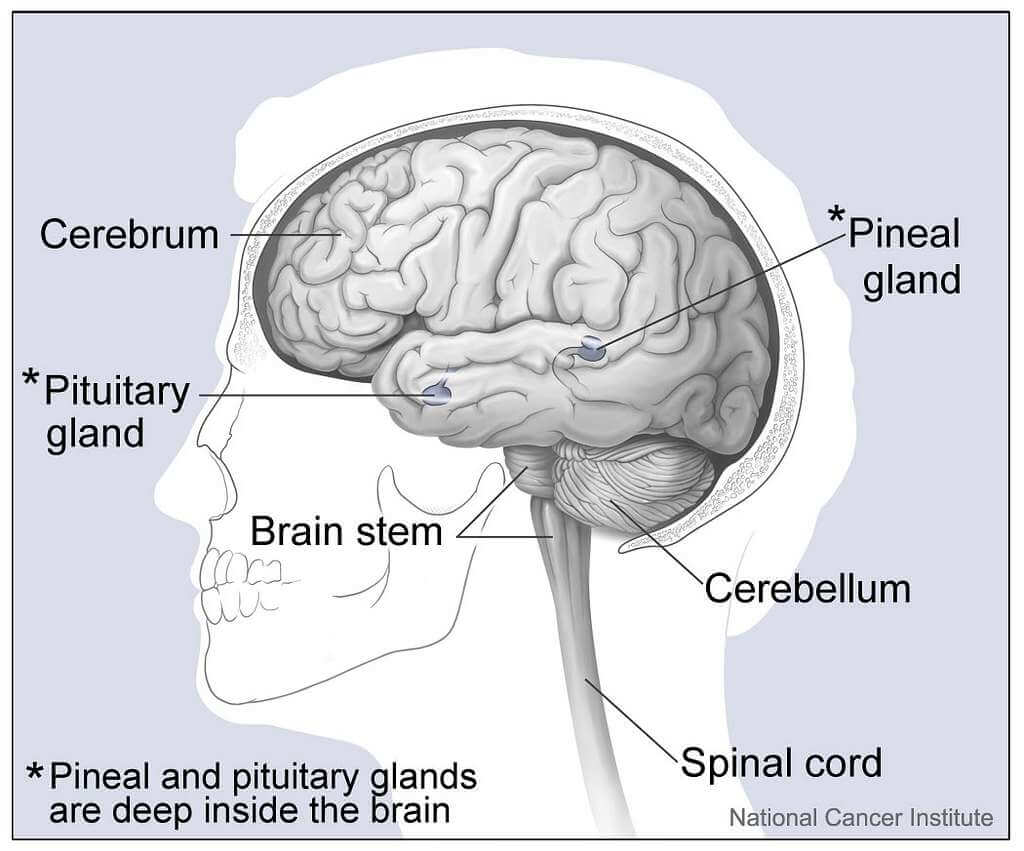Identification Technology Based on EEG and DNA Sequencing
Project Overview
As fingerprint recognition and retina scanning technology become increasingly widespread in the field of biometrics, scientists have begun to focus on brain science. Because the brain waves generated by each person are unique when stimulated by external stimuli, non-invasive electrodes can be attached to the cerebral cortex to record brain wave fluctuations using an EEG machine. These fluctuation curves can then be used as new passwords or biometric features. In addition, the Human Genome Project (HGP) launched by the NIH in 1989 successfully collected a large amount of gene sequence data. Sequence databases such as GenBank and EMBL are constantly growing at an alarming rate. Therefore, human DNA sequencing can also be used as a new password or biometric feature.
This project will be conducted in three phases. In the first year, a personal stress assessment model will be developed. In the second year, EEG will be used to measure visual fatigue levels, and subjects will be grouped according to their visual fatigue levels. The key features of each group and the differences in inter-group features will be identified. In the third year, DNA sequencing-based identity recognition technology will be used to allow users to provide DNA image identity verification in addition to the original brain wave recognition when performing FinTech-related services.

Source: National Cancer Institute






